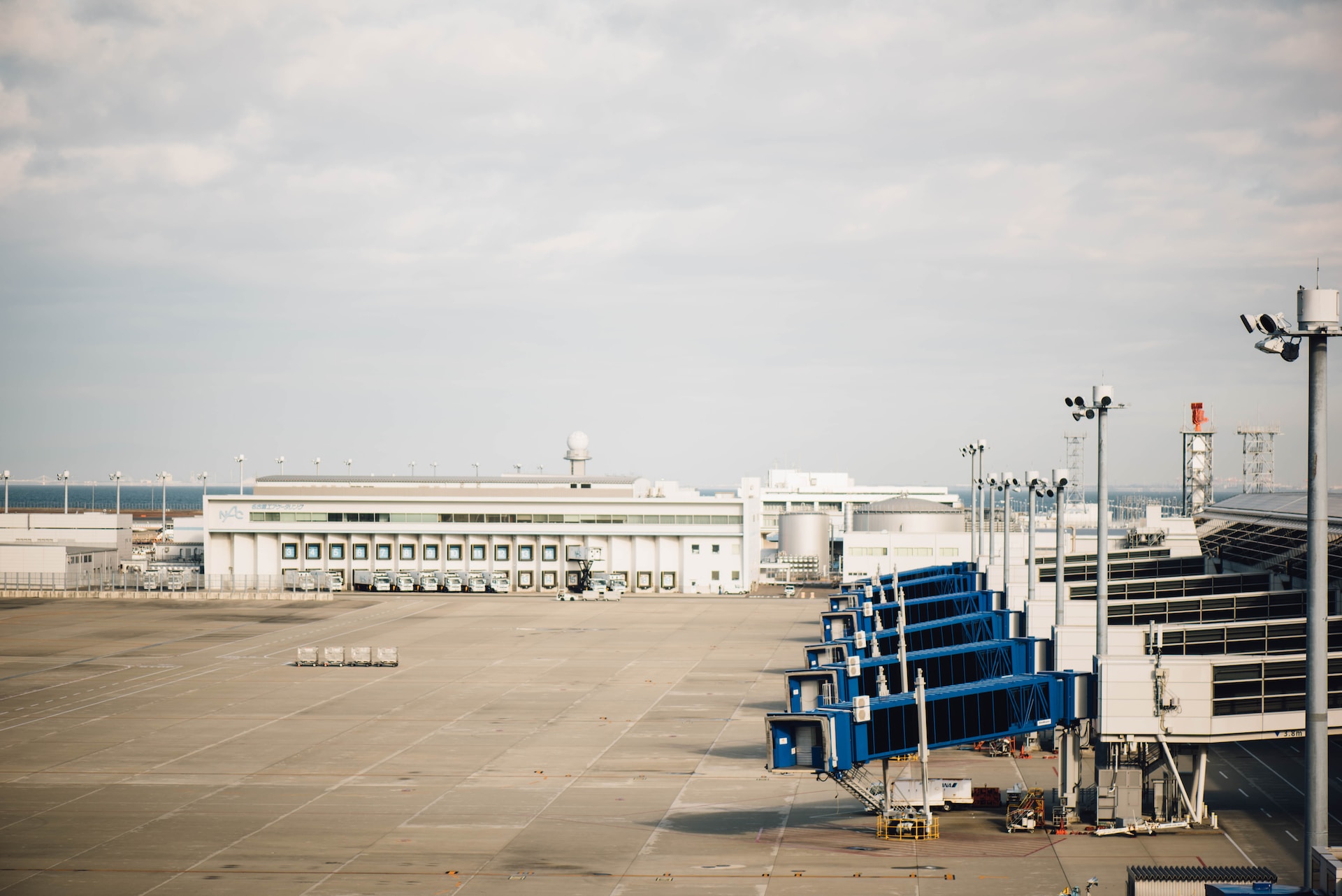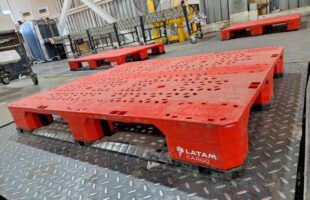

Airports and ports, with some still stuck behind legacy systems, can be prone to unwanted downtime and outages that can have severe economic damages for operators. In a highly fragmented setup, logistics and transport service providers need a secure way to communicate and monitor shipments to operate with better efficiency. It also needs to be sustainable. In a 2-part series, Payload Asia talks to the bosses at Nallian and Kale Logistics Solutions to find out how air cargo community systems can address these pain points.

Payload Asia: Can you give us a brief background of your company?
Amar More: Kale Logistics Solutions was built on the platform of deep industry knowledge and technical expertise. Our grasp on domain knowledge has made us the harbinger for many pioneering technology-driven solutions that have changed the face of our clients’ businesses.
Our clients have experienced, first hand, modern, scalable applications that provide advanced end-to-end functionality, improved operational visibility, better financial control and tangible cost reduction. Some of our clients have reportedly improved their productivity by as much as 70 percent on data management.
Kale has developed the world’s first digital freight corridor, North America’s first airport cargo community system and is continuing to be a pioneer in the multi-modal logistics IT solutions space. Most importantly, Kale has facilitated lower truck dwell times for airports and ports in Asia Pacific, North America and Europe with its smart and intuitive community as well as enterprise platforms. Our air cargo IT solutions are currently engaging in 100+ airports worldwide.
Our innovative offerings have garnered us the pride of being cited in publications of KPMG as one of the top 10 innovations in the Indian logistics industry. We have also been featured as a case study in the book written by professors of Kellogg Business School for our innovations in the logistics industry.
PLA: What would be the direct benefits of Cargo Community Systems?
AM: Cargo community systems offer a lot of benefits for the airport authority as well as individual stakeholders. The most essential aspect is elimination of physical documentation. From 124 copies needed to move cargo end-to-end, a community platform can lower the number of documents to less than 20 and eventually 0. Added to this, a cargo community system can improve operational efficiency, facilitate reduction in delays and help overcome challenges in achieving sustainability.
It can also help all stakeholders to electronically communicate within themselves and with other stakeholders like airlines, customs house agents, customs, banks and GHAs. It can facilitate the movement of goods and information at the airport and aids in digital interactions, in conformance to initiatives around e-freight, e-AWB and e-CSD.
PLA: For complex systems such as ACSs, can you state the estimated amount in damages for say a data breach? How does your company ensure that this risk can be prevented?
AM: First of all, cargo community systems are cyber-attack proof and are known for transparency. It is built with blockchain, IoT and artificial intelligence technologies that assure safety and security of data. There is a wrong notion worldwide that cargo community systems are vulnerable to cyber-attacks.
PLA: In terms of adoption, where is Asia Pacific compared to the rest of the world?
AM: Asia Pacific is at the forefront of innovation as on date. Singapore as a country has been the pioneer in implementing single window and other tech solutions when the entire world was manual in nature. On the other hand, India leads with 100 percent adoption in several airports throughout the country. Philippines, Thailand, Indonesia and Malaysia are also gradually catching up by implementing digital frameworks to future-proof their growth prospects. Japan and South Korea are always the world leaders. Unlike other markets, there is a minuscule level of sluggishness among stakeholders. Governments and authorities are also forward thinking.
PLA: Is there a one-size-fits-all solution for countries that aspire to become logistics hubs? What would an ideal multimodal transport and logistics management system look like?
AM: For a country or an airport/port that aspires to become a hub, a basic cargo community system is a must to facilitate multi-modal trade. But it is not only sufficient. They would also need some set of smart solutions such as freight corridors through which they can connect with nearby airports/ports. Most importantly, they would require a sea-air corridor to fast-track movement of cargo from one mode to the other, smartly.








